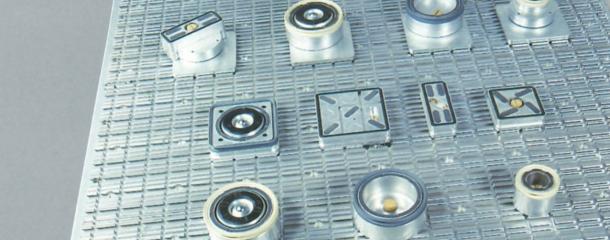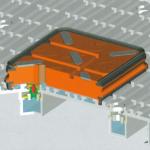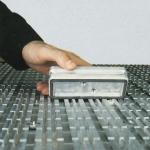SCM MPS-System
Záznam uvidíte za
       The MPS system is an option for CNC machining centres with matrix table, mainly to facilitate the use of suction cups. Problem:In the case of matrix tables, the vacuum is usually provided via holes that are distributed at regular intervals across the table. These holes are provided with caps which can be removed, replaced or screwed in as required. When using suction cups on matrix tables, there must be at least one open hole under each suction block; all other holes in the table must be closed. This results in a considerable set-up effort when moving the suction cups. How the MPS system works:With the MPS system, needle valves are located in the holes for the vacuum instead of the caps. These needle valves protrude slightly above the table level and open as soon as they are slightly pressed in. This would therefore be the case when a workpiece or a vacuum block is placed on the table. This completely eliminates the need to open and close the vacuum holes manually, which makes set-up considerably easier, especially when workpieces are changed frequently. Disadvantages:
|  SCM MPS-System SCM MPS-System |
CNC obrábění894
Opracování hran629
Pílení439
Hoblování188
Frézování181
Vrtání, Dlabání135
Lisování, Spájení202
Broušení320
Dopravníky, Skladování, Balení200
Povrchová úprava152
Výrobní linky127
Topení, Sušení, Drcení62
Odsávání, Stlačený vzduch, Vakuum134
Technika montáže, pracovní stoly15
Soustružení29
Nástroje, Ostřeší91
Ostatní, Příslušenství131



